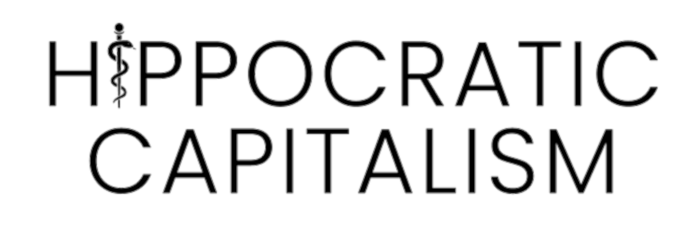On Doctors and Language Skills

Sitting at Christmas midnight mass this past weekend at St. Martin-in-the-Fields, I heard the family next to me conversing in French. The next day I joined a Dickens-themed walking tour of central London alongside a large group of Dutch speakers. (The tour was in English, but the London-accented guide mentioned that she also guides tours in French and German.) On a typical day travelling around the city I hear quite a bit of Arabic and Russian (or what sounds like Russian; in fairness I can’t distinguish it from Ukrainian, and usually not from Polish either), often Spanish, and occasionally German. At the bike sharing docks yesterday I’m pretty sure I heard Swedish (but could have been Norwegian). All of this is quite different from what I experienced growing up in Salt Lake City, though perhaps similar to what you might encounter in New York or Los Angeles. Twenty years ago my family and I Iived in Brussels, another ex-pat stronghold, where even a job at McDonalds seemingly required fluency in at least 3 languages. According to this 2018 survey from the American Councils for International Education, about 80% of Europeans learn a foreign language before graduating high school, versus 20% of Americans.
Which brings me to my question of the week: why don’t most American medical schools require language proficiency beyond English? The lazy answer is that English is the dominant global language for medical science, having long ago replaced German, which had replaced Latin (at least in the West). So in most places around the world you don’t need any languages other than English to read medical text books and (the vast majority of) journal articles.
But communicating with patients is another story.
Navigating a healthcare system is scary and complicated, not to mention high-stakes. Navigating one where you don’t speak the dominant language must be terrifying. In the US, close to 10% of residents are not fully fluent in English, a statistic that’s concentrated among populations who also have other barriers to healthcare services. So it’s a problem.
Some of you might point out that US law requires access to translation services for non-English speaking patients. True, and I don’t want to discount the importance of translators, but they doesn’t fully solve the problem. Translators aren’t perfect, aren’t always available when you need them, and are often in a different physical location, participating by voice or video call. Which is why family members (often children) often end up playing the translator role, even though they’re not trained in medical translation, and may struggle to navigate privacy and other complexities. This article describes the impact of having a “language concordant” physician regardless of whether an interpreter is available. And here's an anecdote from this New England Journal piece: An 18 year old Spanish speaker tells his girlfriend he’s “intoxicado” (nauseated) before collapsing unconscious. This word was repeated to the English-speaking-only paramedics, and ultimately resulted in more than a full hospital day wasted in searching for a drug overdose, rather than the brain bleed that was actually present. The patient is now quadriplegic as a result.
When I applied to medical school over 30 years ago, premed requirements included lots of chemistry and biology, a bit of physics and math, and a year of writing. I don’t recall any foreign language requirement. (I confess that I didn’t take any language classes during my undergraduate years, though I did pass a CLEP test that gave college credit for the German fluency I picked up while living in what was then West Germany). More recently, when I served on the medical school admissions committee at my alma mater, there was still no language requirement. Foreign language study is briefly mentioned on the admissions requirements website as “recommended” alongside coursework in mathematics, statistics, physiology, anatomy, human behavior, and research methods. In other words, not required. (I’ll note that as a committee, we did tend to favor applicants with evidence of fluency (as opposed to just coursework) in more than one language.)
Where does Google Translate fit into all this? Or other AI translation applications? I actually think that language translation might be the single strongest use case for large language models, and I see enormous benefit for them in medicine. But such tools are most powerful in the hands of people who already have foreign language skills. And as the article linked above points out, availability of a translator doesn’t erase the value of a physician who speaks your language. Some things get lost in translation, such as nuance and empathy that can be critical to reaching an accurate diagnosis.
With New Year’s Eve coming up in a couple days, it’s an excellent time for resolutions. Foreign language study is one of the most common ones, up there with weight loss and exercise. (This isn’t lost on language app companies; try Googling “New Year Resolution Language” to see all the marketing pitches). One study measured a 15% uptick in foreign language app downloads in January vs other months (33% uptick in the US).
My personal resolution last year was to refresh my German, and over the subsequent months I had a delightful time in a conversation class with a group of British retirees. This year I’ll be focusing on French.
What’s your goal?
